Aerospace
Meet the Turkish Newst 4 fighter aircraft, which will be available next year.
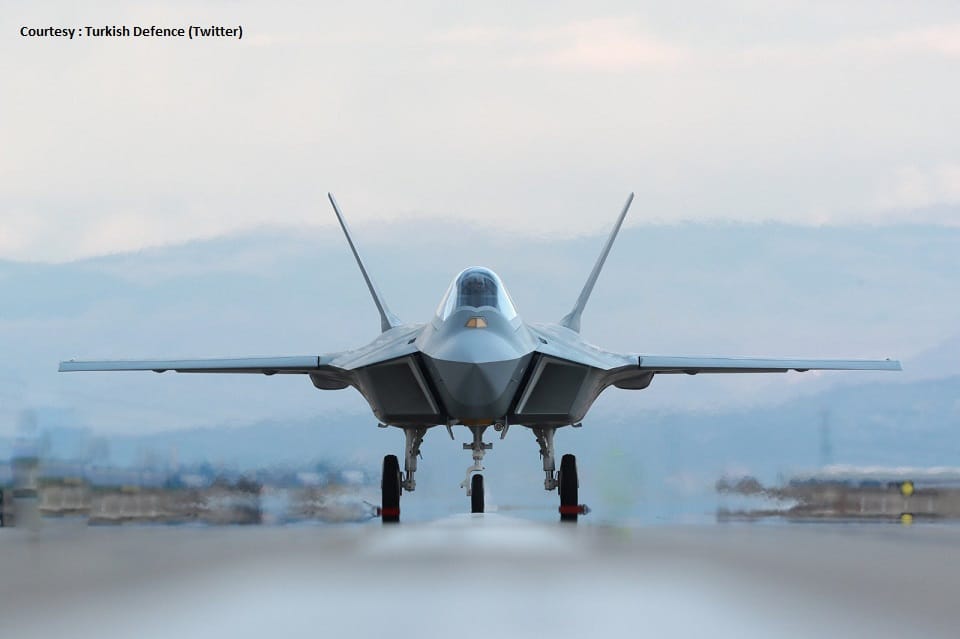
Turkish is prepared to compete with other countries in terms of defense products, which are anticipated to be released by the end of the year. These aircraft, which are designed for various purposes, will be used by the armed services. We shall investigate this airplane in this post.
Turkish Aerospace, Turkey’s largest aerospace producer, appears to be in for a spectacular day on May 1. These days, Western aerospace rarely introduces new aircraft models, but Turkish Aerospace is anticipated to publicly introduce at least three new products, including a new fighter, as well as provide information on improvements to current models.
Turkey’s future trainer jet conducts first flight(Opens in a new browser tab)
Erdogan’s aim to make Turkey a global defense supplier includes developing the country’s aviation sector. This program has also increased sales of the T-129 ATAK helicopter, Hurkus light attack aircraft, and armed uncrewed air systems like those made by Baykar and Anka. The initiatives restored interest in aerospace across the country, and policymakers are hoping that they will inspire younger people to pursue engineering degrees and advance the nation’s aerospace capabilities.
Does Malaysia choose the Tejas fighter jet from India?(Opens in a new browser tab)
TF-x:
The indigenous Turkish combat aircraft, TF-X, better known in Turkey as MMU, is arguably the most significant of the programs to be revealed. The fifth-generation twin-engine fighter prototype, which has been under development for more than a decade, began initial engine runs in March and could go to the skies later this year.
The TF-X, Turkey’s homegrown fifth-generation fighter aircraft named “KAAN” by President Recep Tayyip Erdogan on May 1st in a grand celebration at TAI facilities in the Turkish capital Ankara. The single- and double-seat KAAN fighter jet is 21 meters long, has a 14-meter wingspan, and is 6 meters tall. This aircraft’s maximum takeoff weight is approximately 27,215 kg, and its two GE F110 engines have a combined thrust capacity of 76.31 kilonewtons and an afterburner thrust capacity of 131 kilonewtons. The aircraft’s top speed is 2,716 km/h, and its combat range is up to 1,100 km.
All the technologies and characteristics seen in fifth-generation airplanes are present in KAAN. It will give the chance to strategically strike air-to-air and air-to-ground targets. Its infrastructure for safe data exchange and the use of smart weapons is entirely domestic.
Anka-3
The Anka-3, a flying-wing jet-powered unmanned combat air vehicle, is one of the several systems scheduled for introduction. Anka-3 is thought to be Turkish Aerospace’s response to rival Baykar Kizilelma’s effort to create an unmanned fighter aircraft that could replace some manned combat aircraft.
According to Turkish Vice President Fuat Oktay, the Anka-3 UCAV, which has a jet engine, is currently being developed and will be released this year. The Anka-3 UCAV sets itself apart from earlier Anka models with its flying wing design and stealth technology. The Anka-3’s first flight is expected for May 2023.
The CEO stated that the Anka-3’s maximum takeoff weight will be 6,500 kilograms (14,330 pounds) and that it can carry 1,200 kilograms (2,646 pounds) of payload. He stated that the aircraft’s maximum altitude is 40,000 feet and that it can stay in the air for 10 hours at 30,000 feet. Its top speed is 425 knots, and its cruise speed is 250 knots.
Kızılelma:
The “Bayraktar KIZILELMA Fighter UAV”, which is being entirely developed within Turkish borders, will likely play a significant role ahead, especially in light of the possibility that unmanned technology may dominate air combat in the future.
In order to quickly transition into new technologies that the Bayraktar KIZILELMA Fighter UAV system will deploy, Baykar is making an assessment of its extensive expertise with UAVs and UCAVs. The Bayraktar KIZILELMA Fighter UAV will be a force to be reckoned with, especially given its aggressive maneuvering skills and stealthiness against radar.
The development and manufacturing stage of the Bayraktar Kzlelma project, which has successfully created two prototypes, is presently underway. The public will be able to observe the aircraft at Atatürk Airport from April 27 to May 1 as a part of the TEKNOFEST 2023 event. By 2024, Baykar hopes to start mass-producing its indigenous unmanned warplane.
The Kızılelma has a maximum takeoff weight (MTOW) of 6,000 kilograms (13,200 lb), with 1,500 kg of weight available for the payload. According to data shared by the company, the Kızılelma will have an operational altitude of 35,000 feet (10,670 m).
Hurjet:
Hurjet training aircraft made history on April 25 when it completed its maiden flight, marking a significant development for the country’s aerospace industry. The Turkish Air Force is anticipated to replace its American Northrop T-38 Talon trainer aircraft in its fleet with the Hurjet.
The Hurjet reached a maximum speed of 250 knots and an altitude of 14,000 feet during its 26-minute flight, according to the Turkish news website. A supersonic aircraft, it can travel at a top speed of more than 1.3 mach. It is a twin-seat trainer aircraft with a single engine that is powered by American General Electric F404 engines.
The aircraft has a contemporary glass cockpit with cutting-edge avionics and mission systems, such as a mission computer, multi-function displays, and a head-up display. Additionally, it boasts a digital flight control system that decreases pilot workload while offering greater handling and performance.
The Hurjet can fly up to 2,600 km and reach heights of 45,000 feet. It is a flexible and capable platform for a variety of tasks because of its modern weaponry, which includes air-to-air missiles, air-to-ground missiles, and guided bombs.

Aerospace
When Ratan Tata was denied entry to the airfield at the Aero India show, he waited
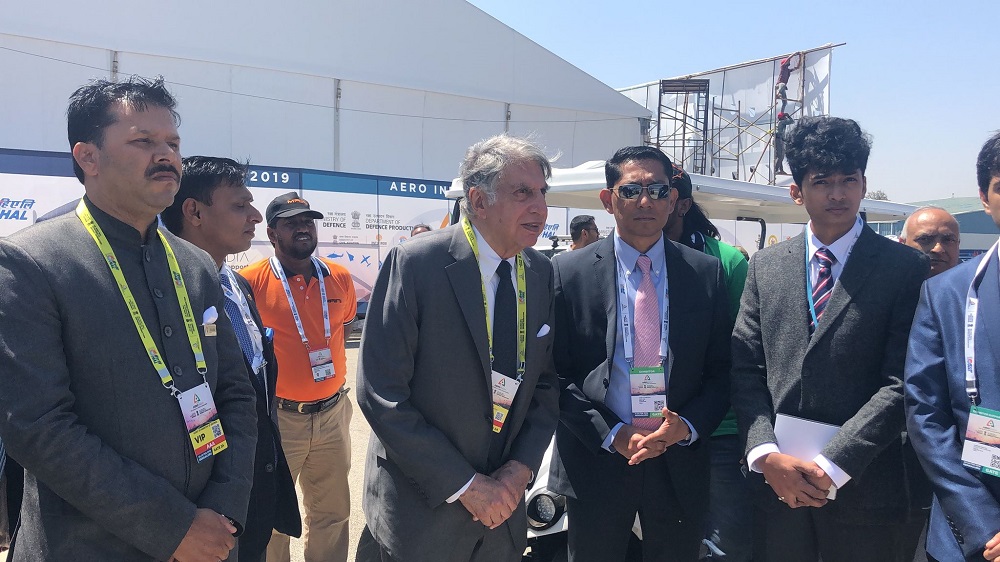
During our visit to Aero India 2019, we had the unexpected opportunity to see Ratan Tata at the event, which was a thrilling moment for us. However, there was a surprising hiccup when the security staff didn’t allow him to enter due to a lack of a security pass.
Despite this, he remained calm and patiently waited for about 20 minutes until a member of the Tata team brought him the required pass, after which he calmly proceeded inside. It was a humbling sight, showcasing his composed demeanor even in such situations.
Ratan Tata ji is not only a renowned industrialist but also a trained pilot, holding a pilot’s license. In 2007, he became the first Indian civilian to fly the F-16 Falcon during the Aero India show in Bangalore—a proud moment for the nation.
His passion for aviation extended beyond flying, as he played a key role in shaping India’s aerospace industry. Under his leadership, Tata ventured into manufacturing and maintaining aerospace components while upholding its legacy of quality. Notably, Tata’s collaboration with Airbus to develop and manufacture the C295 aircraft is a testament to its growing influence in the sector.
-
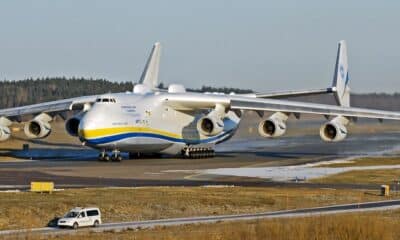
 Aviation2 months ago
Aviation2 months agoMicrosoft Flight Simulator Raises $3 Million to Bring Back the An-225 Mriya
-
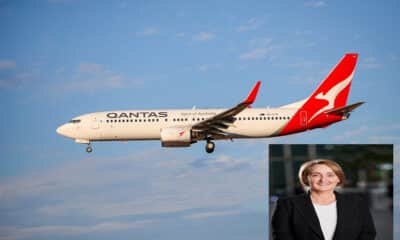
 Airlines2 months ago
Airlines2 months agoQantas Engineers Stage Walkout Over Cost of Living Concerns
-
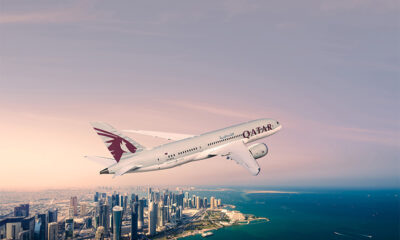
 Airlines2 months ago
Airlines2 months agoQatar Citizens Can Travel to the United States Without a Visa
-
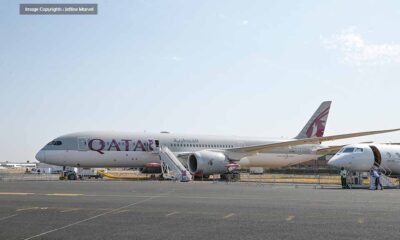
 Aviation2 months ago
Aviation2 months agoQatar Airways bans these new Electronic Devices on plane
-
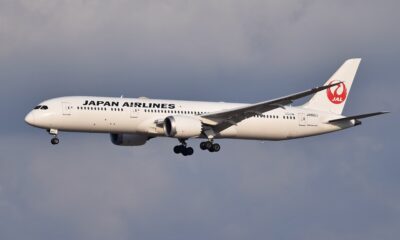
 Airlines2 months ago
Airlines2 months agoJapan Airlines Rolls Out Free Domestic Flights to International Passengers
-
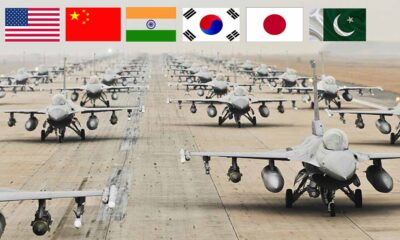
 Defence2 months ago
Defence2 months agoWhich Country Has the Largest Fleet of Fighter Aircraft?
-
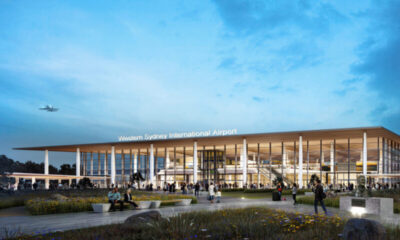
 Airport2 months ago
Airport2 months agoWestern Sydney Airport Welcomes Its First Plane After 6 Years of construction
-

 Travel2 months ago
Travel2 months agoQatar Airways Launches Four Additional Flights from Amsterdam








